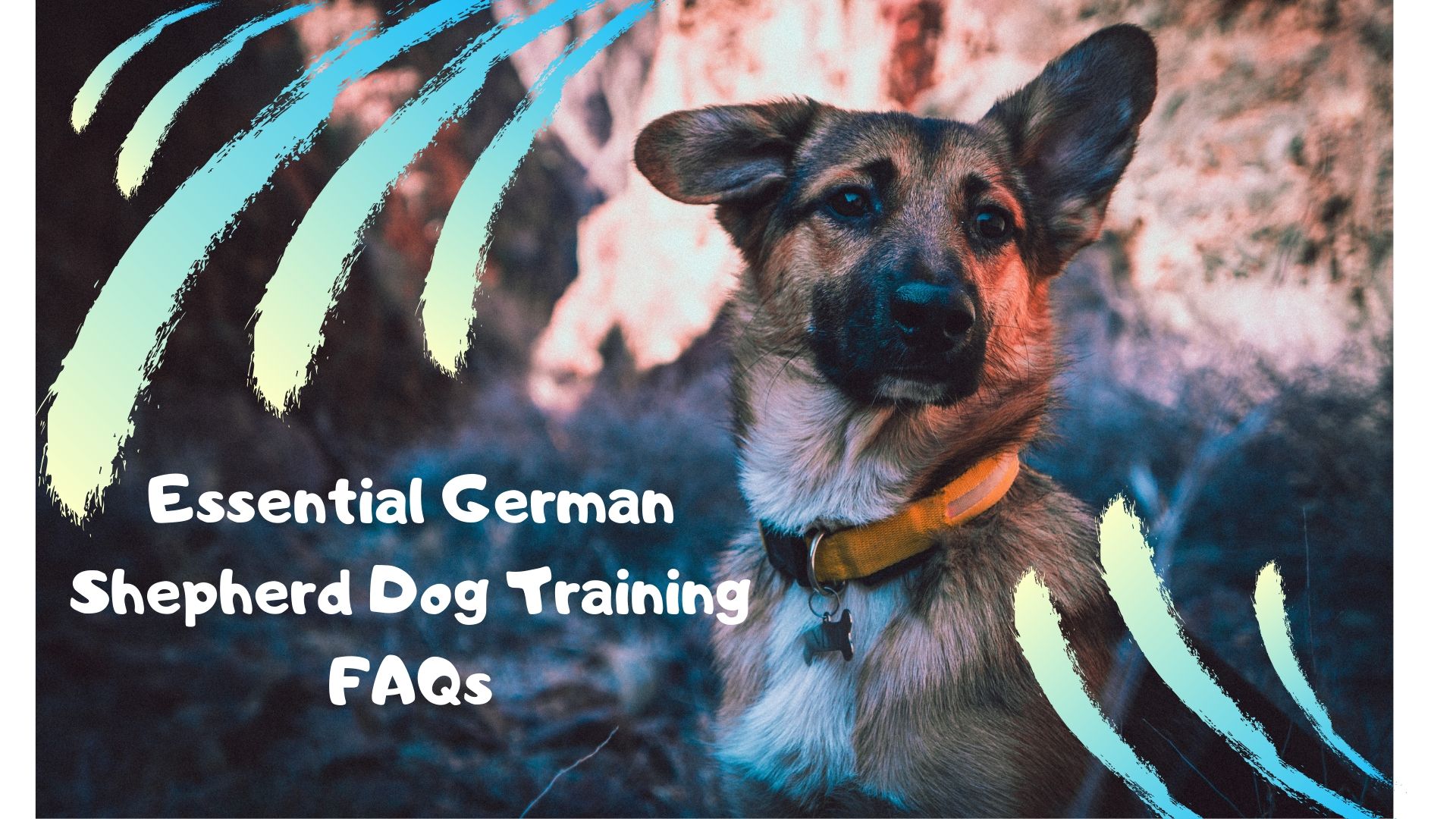Adopting a new puppy is not all roses and sunshine. There is so much information out there about what you should do and what you should have; however, I have decided to compile the most important information related to German Shepherd Dog Training in just one post.
That way, you get all of the essential dog training techniques for your
From when to start training your dog, what techniques you could, to step by step german shepherd training guides, this post is definitely going to answer a huge percentage of your frequently asked questions regarding the German Shepherd dogs.
Without any further ado, let’s start this German Shepherd dog training blog post!
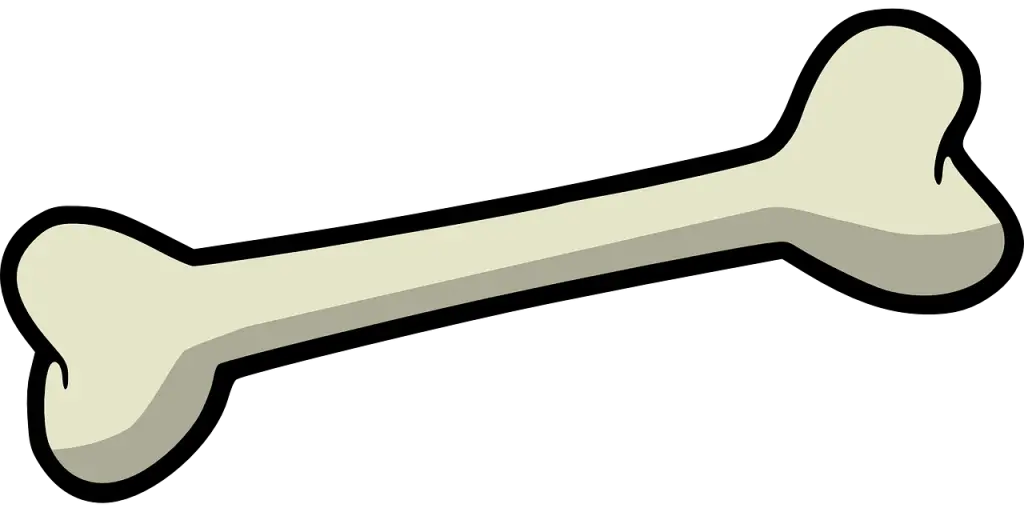
Table of Contents
Question no. one in German Shepherd dog training: When to start training a German Shepherd dog?
Because the training techniques these days aren’t cruel or very stressful on the dogs getting trained, one could start to train their German Shepherd dogs at a very young age. The earlier you begin, the better.

Think of it as trying to learn a new language. Who is going to learn the new language faster and easier, an adult or a child? Whose accent is going to better? The answer to all of these questions is, of course, the child.
The brain at a young age tends to be more flexible and efficient than that of an adult. So it shouldn’t come back as a huge surprise that puppies are recommended to start their
While it is true that you should start training your dogs while they’re still young; however, there is a limitation to that statement. The recommended age to start training any dog is when the puppy is eight weeks old.
Some might wonder why they can’t start training their GSD puppies much earlier if it is always better to start earlier, which is a great question to ask. There are two reasons for that. The first reason is a legal one since most states consider adopting a puppy that is under eight weeks old illegal.
However, this isn’t the most important reason why you should stick to performing German Shepherd training with your puppy when they’re eight weeks old.
The main reason why you should start training your GSD puppies at eight weeks old and above is that a puppy that is separated from their nest or their mother before they turn eight weeks old are more susceptible to developing mental, behavioral issues as they grow up in the near future.
We definitely don’t want that to happen to our four-legged best friends, so in case you end up rescuing a puppy and adopt them, make sure to them to the vet for a checkup and to know their age.

Question no. two in German Shepherd dog training: Which training techniques should be used?
Like we briefly discussed in the previous question, the training techniques these days are not so cruel and daunting on the dogs like they were a long time ago. But what are these techniques, how can you implement them, and how are they going to benefit you if you use them for training your dog.
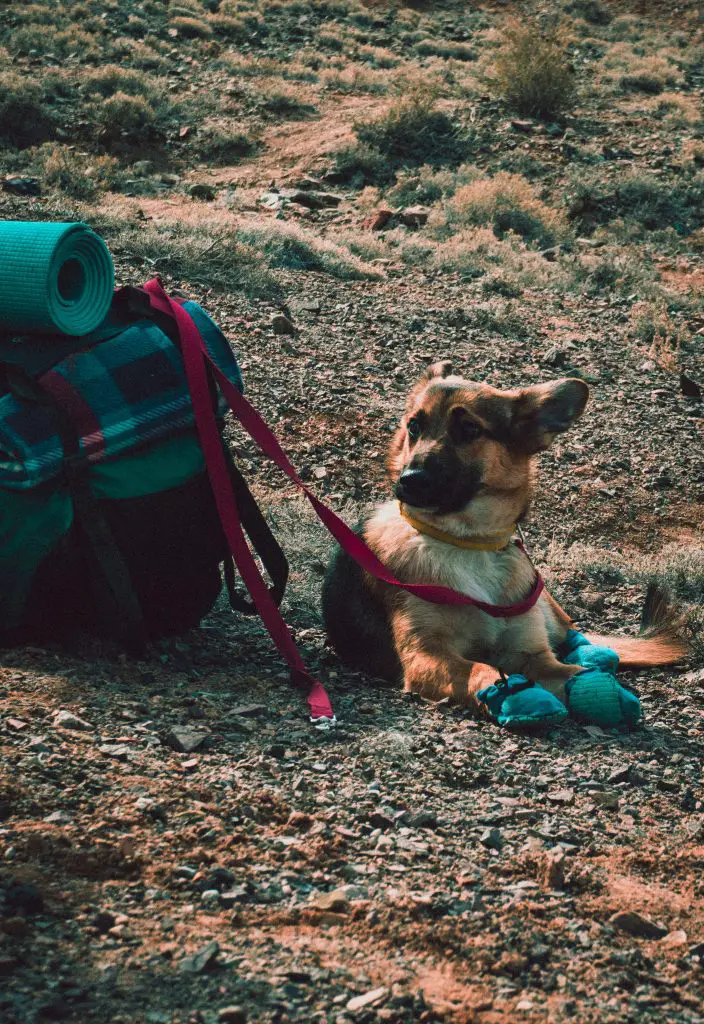
I am going to share with you two of the most essential training techniques that will aid you in teaching things like the German Shepherd obedience training, German Shepherd potty training, German Shepherd protection training, and German Shepherd training commands.
These are just a few things that you can teach your GSD puppies, cause with these two techniques, the sky is truly the limit. These two German
- Positive reinforcement
- Counterconditioning and Desensitization
German Shepherd dog training technique no. one: Positive reinforcement
Positive reinforcement is the reason why it is acceptable for people to start training their puppies when they’re only eight weeks old. This is a behavioral training technique that is used as an effective method to introduce your puppy to the rules of the house that they’re currently living in.
Unfortunately, we can’t speak in the same language as our GSD puppies, so telling them about the rules that they’re supposed to follow isn’t as simple as just saying the rules out loud.
How are we supposed to make our four-legged best friends understand what they’re allowed to do and what behavior is considered to be unacceptable if we can’t communicate via words?
The answer to that dilemma is positive reinforcement. Yes, positive reinforcement is capable of doing something so powerful and important.
You must be wondering how is that possible. Well, if you implement the practice of positive reinforcement, then you’ll be able to set the rules in a way that your puppy is going to understand.
You can implement positive reinforcement by rewarding and applauding your GSD puppies every time they do something right or disengage from unwanted behavior, yet turn a blind eye whenever they do something wrong. I know the second part might be a hard pill to swallow, but it works, and that is all that matters.
The definition of positive reinforcement is super easy to understand, but the reason why most people don’t follow through with it is because it could be a bit complicated to implement. I mean,
Don’t worry though, cause I have got your back. I will tell you later on in this post all about the steps you have to follow while German Shepherd potty training your puppy.
So I understand why some people struggle a lot with the latter part of positive reinforcement. However, if people train their dogs properly, positive reinforcement will be able to create a communication bridge that will help you to communicate with your GSD puppies effectively.
To be able to stick to practicing the second half of positive reinforcement, you’ll have to become more patient and practice mindfulness frequently. You can achieve mindfulness by watching yoga and mediation for mindfulness on YouTube.

Some videos are only ten minutes long, so you can easily fit them into your daily busy schedule. If you’re interested in reading more about how to become more patient and achieve mindfulness, then check out my Puppy Training Guide: Dog Experts Share 5 of Their Secrets blog post.
German Shepherd dog training technique no. two: Counterconditioning and Desensitization
Counterconditioning and desensitization are two psychological techniques that go hand in hand when it comes to training your GSD puppies to overcome their fears, but most importantly, their
Let us start by explaining counterconditioning. Psychologists created this process where they are able to change one’s response that is triggered by the same stimuli.
For example, if someone starts throwing a tantrum upon hearing the scary sound of thunder, and they undergo the counterconditioning technique, then they’ll no longer feel so scared when they hear thunder again.
Thus, counterconditioning is a fundamental training technique to know cause it is going to help your GSD puppies react to something such as your absence from the house with less fear. Doesn’t that sound great? The real question is, how exactly does counterconditioning work?
Remember how I said counterconditioning works hand in hand with desensitization? That is basically how counterconditiong works. But, what exactly is desensitization?
Desensitization is a psychological process that dramatically reduces any kind of emotional responsiveness to a specific stimulus via making a person or an animal get repetitively exposed to that stimuli.
I will talk later on in this post on how to reduce and even completely diminish your GSD puppies separation anxiety, so continue reading.

Question no. three in German Shepherd dog training: What kinds of training should your intelligent dogs undergo?
There are many types of German Shepherd training that you could implement; however, I am only going to talk about three of them in this post. We all know how smart the German Shepherd breed is. They’re working dogs, and thus they’re capable of learning to do almost anything.
The three German Shepherd training guides that I am going to talk about today are:
- German Shepherd potty training
- Crate training German Shepherd puppy
- Separation anxiety German Shepherd training
German Shepherd dog training guide no. one: German Shepherd potty training
Potty training your German shepherd puppy should be of your most important priorities if you don’t want to daily clean your house multiple times a day because of your puppy’s potty accidents.
Now, there isn’t a shorter pathway when it comes to any dog training. This is going to take smooch dedication and so much patience to be able to overlook all if the potty accidents that are going to occur during the first few weeks while your puppy is getting potty trained.
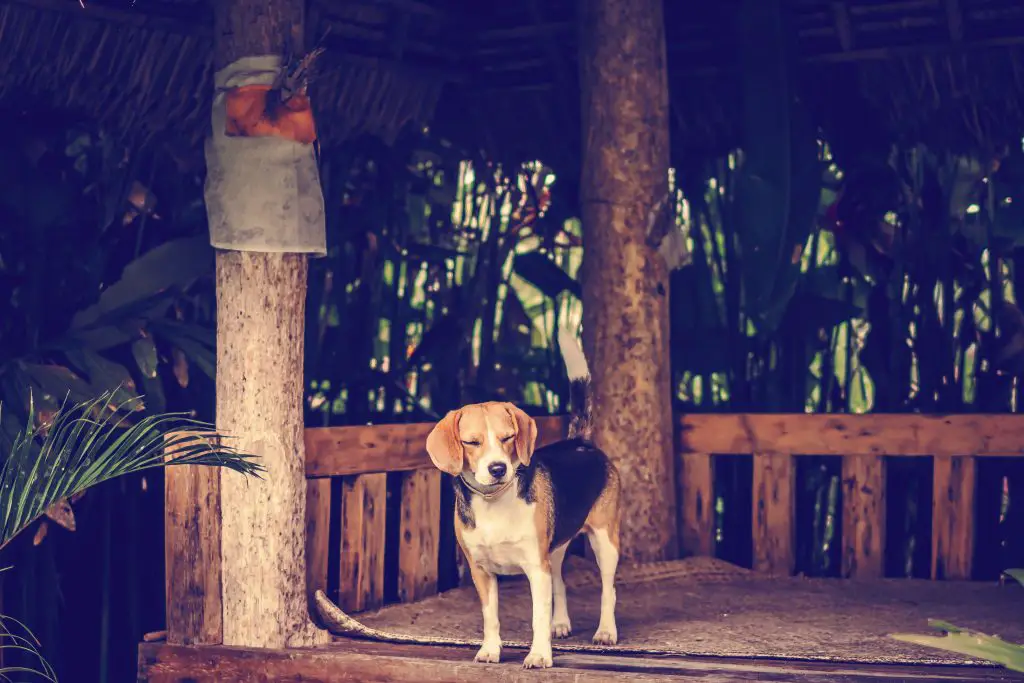
I want to talk about two different types of potty training, but first, let us establish the basic rules related to your puppy’s potty schedule.
How often do GSD puppies need to go to the bathroom?
Puppies tend to have smaller bladders than adult dogs, so you’ll have to take them frequently to their potty area. How often exactly, though? All you have to do is follow this super simple formula to get your answer.
Take your puppy’s age in months and viola; you now know how many hours you should wait before taking your puppy to the bathroom. You can turn that into a range for a more
So if your puppy is two months old, then this means that you have to take them to their potty area every two to three hours. Yes, that is excessive and not practical for everyone to do, so stay tuned to learn about the second potty training method that is super single working people friendly.
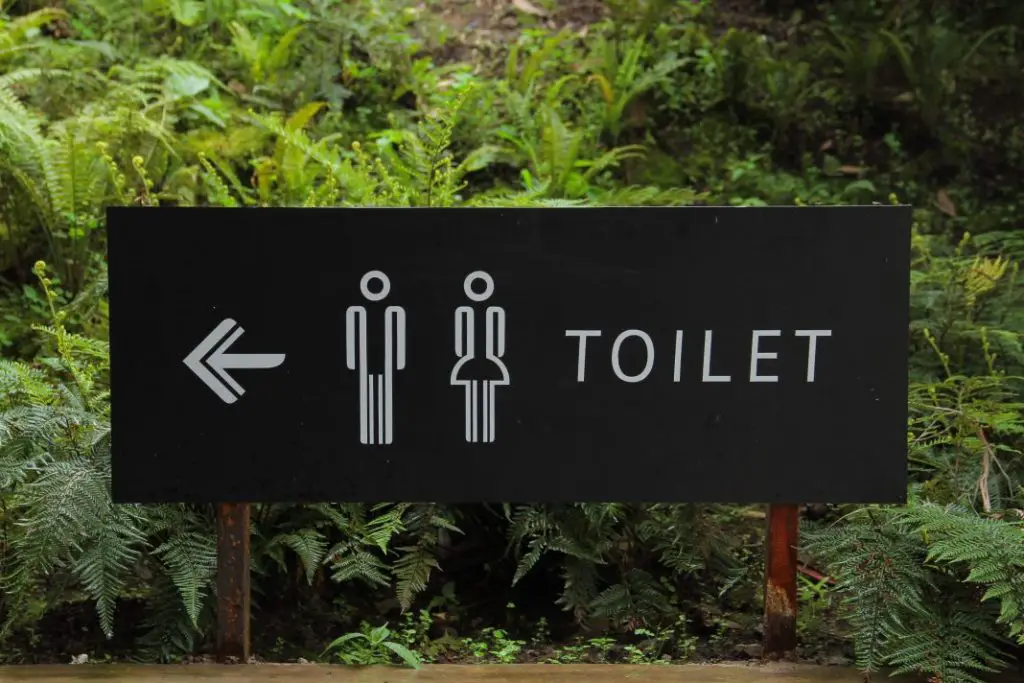
You should also take your puppy to the bathroom within ten minutes of finishing their meals, exercising or playing, after waking up, and of
Method no. one in the German Shepherd Dog Training : Potty outside the house guide
This potty guide is going to show you how to potty train your dog outside. This should be your main goal with potty training. Here are the steps that you should follow
1) A
2) Set multiple alarm clocks to remind you of when your next potty trip is.
3) Create an anchor phrase like, Go Potty, and say it after your puppy stands in their potty area while pointing at it.
4) If your puppy walks away or gets distracted, then put them in their harness to make them stand in place until they potty. This might take a while, so remember to stay patient. You can learn how to harness train your German Shepherd by reading my Dog Training Harness: Ultimate Guide blog post.
5) After your puppy finally poops or pees, remember to practice positive reinforcement and applaud them by patting them, and using some positive language such as Good boy/ Good girl, and don’t be afraid of giving them some treats as well. praise them and give them some treats.
However, I am well aware how inconvenient this method could be if someone lives alone and has to wake up every two hours to take their dogs outside to potty.
Also, how are people supposed to take their puppies potting so often when they have nice to five jobs? Don’t worry about that cause I have another guide that is suitable if you live alone and you don’t work from home.
Method no. two in the German Shepherd Dog Training: Indoors pee pad potty guide
You can pee pad train your puppy, so that they can go to the bathroom indoors. But don’t they still need someone to guide them to their potty area?
That’s true; you’ll still need to do that. However, you can pick a room and remove all of the carpets from it, add a safety guard, so your puppy stays confined inside the room, yet not feel so anxious, and put the pee pads on the ground.
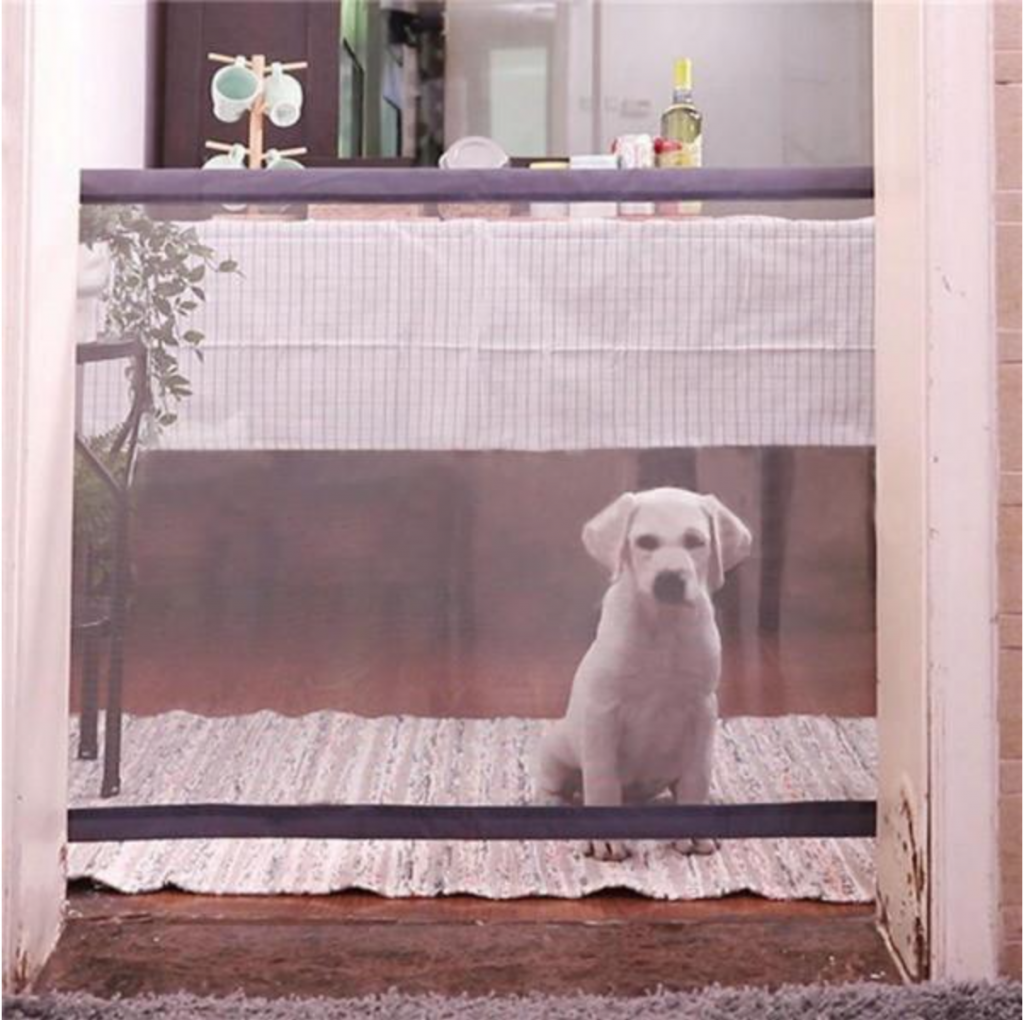
You can check out the Magic Gate Portable Folding SafeGuard For Pets and grab one here.
If you can afford it, buy multiple reusable pee pads to cover a huge portion of the room’s floor. This way, when you’re away, they’re more likely to potty on the pads, and any potty accidents that happen will all be in one area, making it so much easier to clean.
The guide to pee pad train your puppy is almost the same and potty training your dog to go to the bathroom outside. Nevertheless, here is your step by step guide:
1) Always take your puppy and place them on their pee pad. To know when that is, refer to the formula we have mentioned earlier in this post.
2) Set multiple alarm clocks to remind you of when your next potty trip is when you’re home and awake. If you’re leaving for work or going to sleep, put your puppy is their safeguarded room. Don’t forget to leave them a bowl of water and their favorite chewing toy, so they don’t get bored.
3) Create an anchor phrase like, Go Potty, and say it after your puppy stands on their pee pad while pointing at it.
4) If your puppy walks away or starts playing with the pad, then put them in their harness to make them stand in place until they potty. This might take a while, so remember to stay patient. You can learn how to harness train your German Shepherd by reading my Dog Training Harness: Ultimate Guide blog post.
5) After your puppy finally poops or pees, remember to practice positive reinforcement and applaud them by patting them, and using some positive language such as Good boy/ Good girl, and don’t be afraid of giving them some treats as well. praise them and give them some treats.
6) Wash the pee pads daily. They’re reusable, eco-friendly, and very affordable. Not only will they hold pee and poop more than the disposable pee pads, but they can also hold in the smell as well.
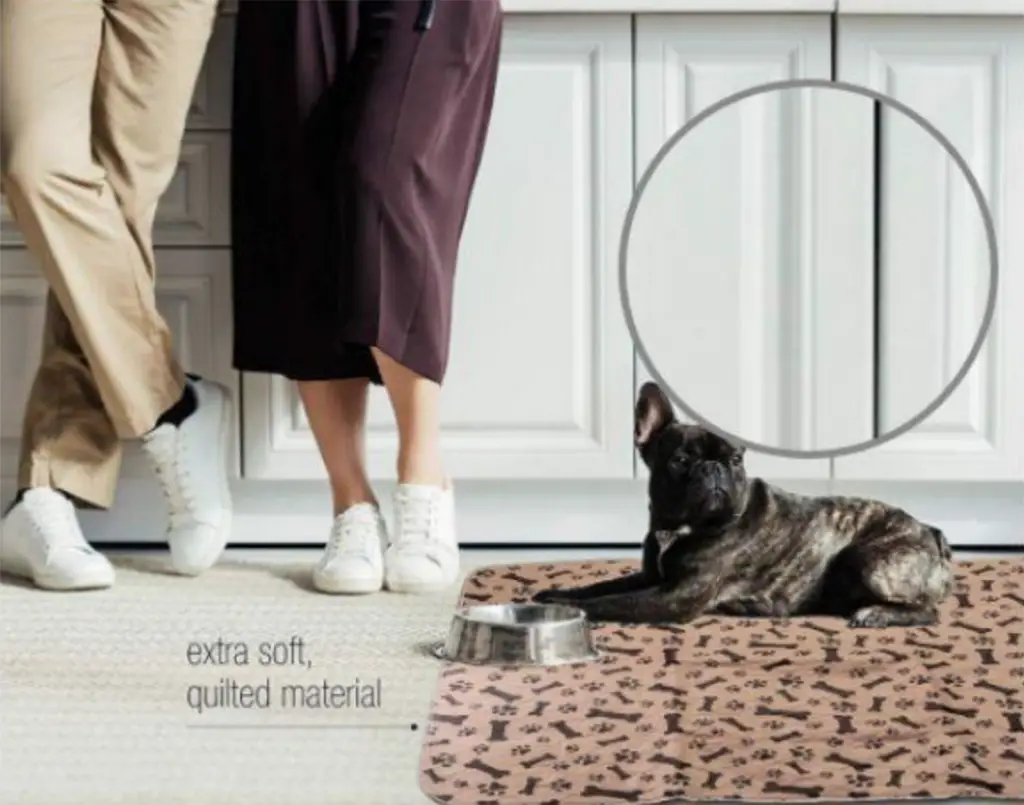
If you want to try our Washable Fashionable Reusable Pee Pad, then click here.
German Shepherd dog training guide no. two: Crate training German Shepherd puppy
Many pet owners view crates as something demonic. However, it is just a tool. If people used it correctly, it is going to be very beneficial for both the pet owner and the German Shepherd puppy. Crate training is recommended for the following:
- Crate training for potty training purposes.
- Crate training them for travelling purposes.
Before I tell you the step by step guide of this German Shepherd dog training, here are some general rules that you should follow.
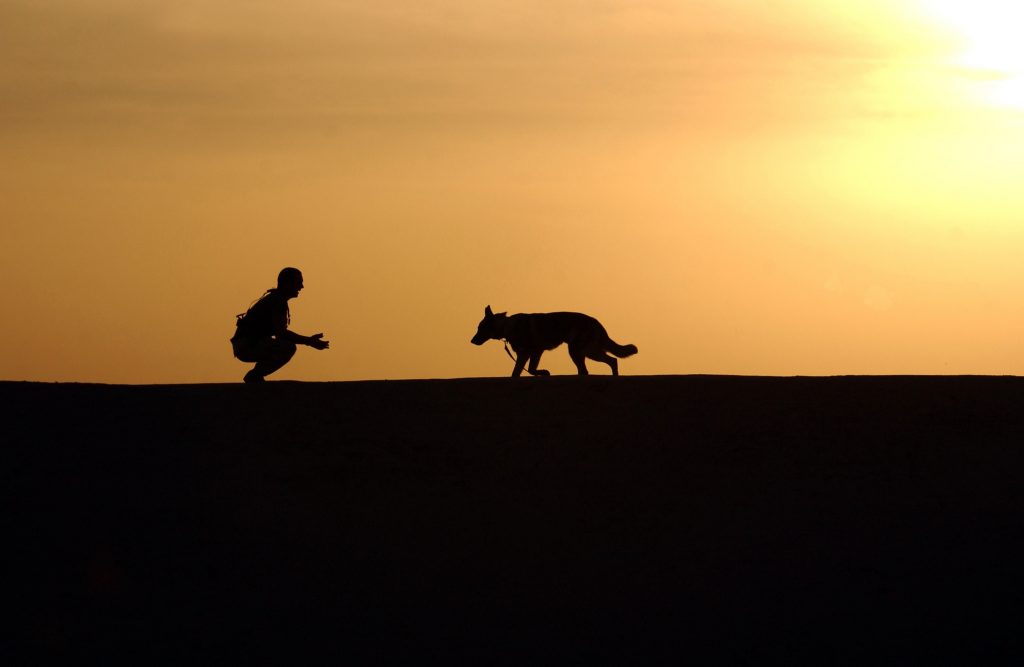
- The amount of time your puppy spends in the crate should get increased gradually. Never go cold turkey and just leave your German Shepherd puppy locked in the crate for multiple hours when they’re still in the early stages of training.
- If you leave them in for so long, they will grow to fear you and might develop mental and behavioral issues
- Like we already mentioned, puppies have small bladders. Please don’t even consider crate training them at night just to potty train them. I have already talked about a better solution for this dilemma, which is using pee pads and a safeguard.
- Once they’re crate trained and older than four months old, don’t leave them in their crates for more than four hours at a time.
- If you crate train your German Shepherd for two
seperate four hours sessions, don’t repeat this heavy training day during the rest of the week. However, it is recommended to not do that in the first place. - Make sure that the crate you pick is big enough for your puppy to stand on all fours and turn around. Opt for a bigger size so the crate
last you longer. - If you plan on flying, get a plastic crate because that is the only crate
aloud to board airplanes
Now, let us start the crate training step by step guide:
1)Remind yourself that you’re only going to take baby steps, so never progress quickly while crate training your German Shepherd. Avoid doing so else your precious puppy might develop confinement phobia, which might lead them to have separation anxiety.
2) Set a first date where you leave the crate open and leave a trail of treats that leads to the crate. Allow your dog to sniff and discover the crate, and leave some treats inside, so they feel more comfortable entering this new, small space.
3) After the first date, make your puppy have at least one of their meals inside of the crate. We want to make the crate your puppy’s safe haven and magical world, and the best way to do so is via food. By doing that, your puppy will start seeing their crate with a positive light.
4) After doing so for a couple of weeks, we can now start closing the crate while the puppy is inside for short periods. We can do that by getting a Kong toy that is stuffed with your dog’s favorite treats.
5) To prepare the kong, take a third of their meal and soak in water, then stuff the kong with it and put it in the freezer. When it is time for you to start the crate training session, take the kong out of the freezer, and spread some peanut butter or cream cheese on the kong’s opening.
6) Make sure that the dog sees that you’re putting a Kong in their crate. Close the door and get your puppy. They’ll now feel so excited to enter the crate, so leave the door closed for a few seconds, then allow your puppy to enter.
7) Close the door behind them and allow them to enjoy their kong. Once they get bored and want to leave, open the crate and applaud them.
8) Keep on doing that, and gradually start increasing their time in their crates.
German Shepherd dog training guide no. three: Separation anxiety German Shepherd dog training
If a dog has separation anxiety, that basically means that they have a dysfunctional attachment to someone. This makes the dogs develop terrible panic attacks when they are separated from that person they’re so
Of course, there are many different types of separation anxiety, but I am only going to talk about isolation distress variation of it. The puppy would feel fine as long as their owner is with them, but once that person leaves, they get an anxiety attack.
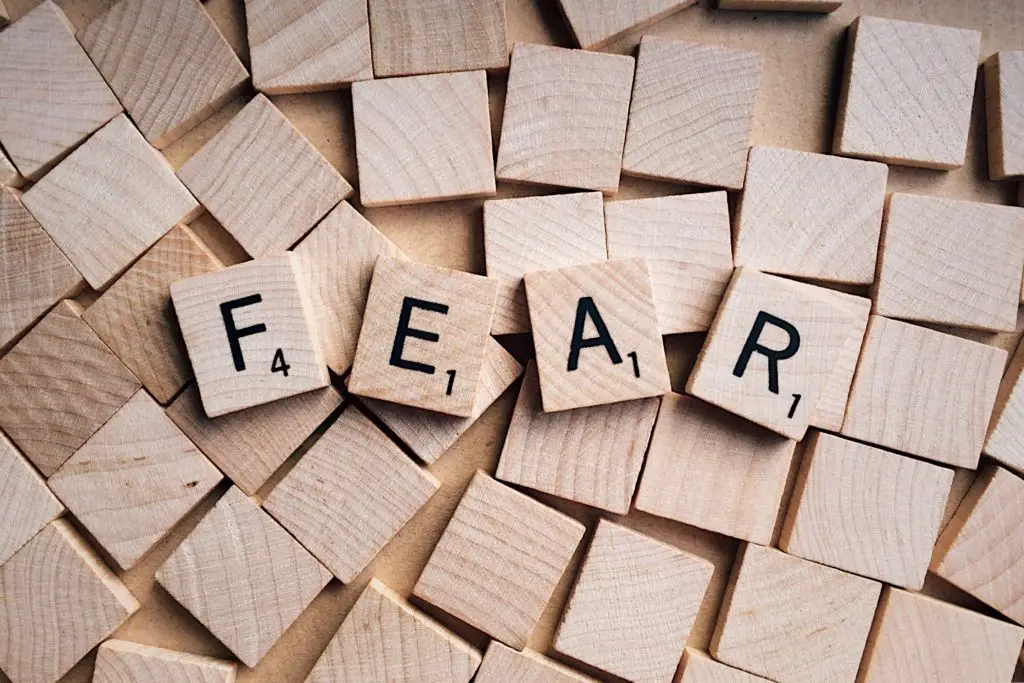
Here is the step by step guide for this German Shepherd dog training:
1) Try to take a few weeks off of work if that is possible or ask a family member to stay with your puppy while you’re at work
2) Set a camera to record how your dog behaves when you leave the house, then leave for thirty minutes.
3) Take the tape to a behavior professional, like a veterinary behaviorist, or a Certified Applied Animal Behaviorist. They’ll be able to diagnose your dog after talking to you and watching the video.
4) They might prescribe some drugs. Drugs could improve your dog’s case, but not cure. That is why it is so important to use the second training technique we’ve discussed earlier in this post, which is counterconditioning and desensitization.
5)You can do that by leaving the house for a minute, then returning. Your dog might be in so much distress upon your return, so take that as a sign to leave the house for a shorter period next time.
6) Make your arrivals and departures so casual and don’t show much enthusiasm. When you get so excited upon arriving or act so sad about leaving them, your puppy understands and believes that something bad is happening to you when you’re not home with them, and thus they stress out even more.
7) Increase the period of your outings gradually and slowly.
8) Before leaving them, put them in a calming vest and spray some lavande oil it or diffuse the lavender oil via an oil diffuser. The lavender has a calming effect on both dogs and human. Get our Our RELAX VEST™: Dog Anxiety-Calming Vest here if you’re interested in trying a calming vest.
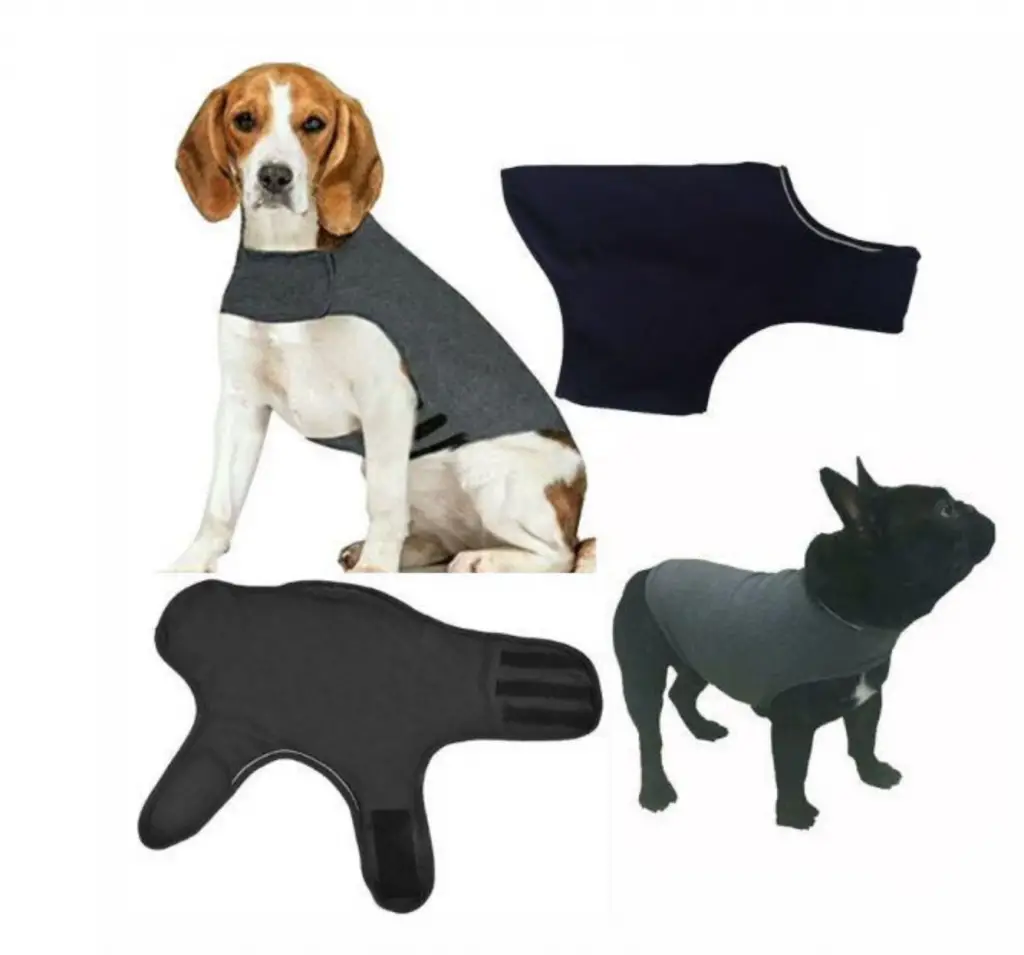

German Shepherd dog training: Resources
Here are my resources about the lavender efficiency that I have discussed in this German Shepherd dog training blog post.
DL, W. (2019). Aromatherapy for travel-induced excitement in dogs. – PubMed – NCBI. [online] Ncbi.nlm.nih.gov. Available at: https://www.ncbi.nlm.nih.gov/pubmed/16978115 [Accessed 26 Jun. 2019]
E., F. (2015). The Use of Essential Oils as a Complementary Treatment for Anxiety. American Journal of Nursing Science, 4(2), p.1.
Graham, L., Wells, D. and Hepper, P. (2005). The influence of olfactory stimulation on the behaviour of dogs housed in a rescue shelter. Applied Animal Behaviour Science, 91(1-2), pp.143-153.
Koulivand, P., Khaleghi Ghadiri, M. and Gorji, A. (2013). Lavender and the Nervous System. Evidence-Based Complementary and Alternative Medicine, 2013, pp.1-10.

That’s it for today’s post. I hope that this mega post has helped you have a clear understanding on what sorts of German Shepherd dog training guides you need need to start implementing as soon as possible, and of course, how to do them.
Feel free to add this blog post to your favorites, so you’re able to access it whenever you need to remember a specific step or technique.
If you have any questions regarding this topic, or you’re interested in sharing your puppy training experiences with us, the

